Gardenia is a vivid representative of the large Marenova family. About 250 species of flower, which can be found in the forests of China, Japan and South Africa, live in nature. Most species are represented by evergreen compact shrubs, less often you can see small gardenia trees.
As a room culture, gardenia Jasminova is most often grown, which forms a small decorative bush with snow-white flowers.
Gardenia belongs to capricious cultures, so care for it at home should be as correct as possible. Even with small errors in care, the plant begins to hurt, discard leaves and buds.
Content
Gardenia characteristics and species diversity
Shrubs in the house form small bushes, the height of which is within 50 cm. The leafy part is painted in a deep dark green color. During flowering, snow-white flowers with a pleasant aroma bloom on a green background of glossy foliage.
Some varieties (with a favorable microclimate) bloom twice a year, but most plants of this genus open buds from July to October. Flowers are solitary, sometimes collected in lush corymbose inflorescences of 5-6 pieces. They are semi-double or double, and the diameter of a blossoming flower is not more than 7 cm.
Among the variety of species in the house, only a few gardenias are grown, with a photo and a description of which can be found below:
- Gardenia Jasmine is the most common species that has been successfully grown by many growers. The height of the bush does not exceed 70 cm, and in the natural habitat it can grow up to 2 m. Leathery leaves are arranged in pairs and are painted in dark green. Snow-white flowers are star-shaped and have a strong aroma reminiscent of jasmine.

Gardenia Jasmine - Golden or Yellow Gardenia is characterized by a slow growth rate. In tropical forests, the height of the tree can reach 10 m, in indoor conditions its height is much lower. The flowers of the plant are very unusual: first gardenia forms white buds, which eventually acquire a lemon color, and at the end of flowering, the petals become orange. With proper care, a small bush grows in an elegant tree.
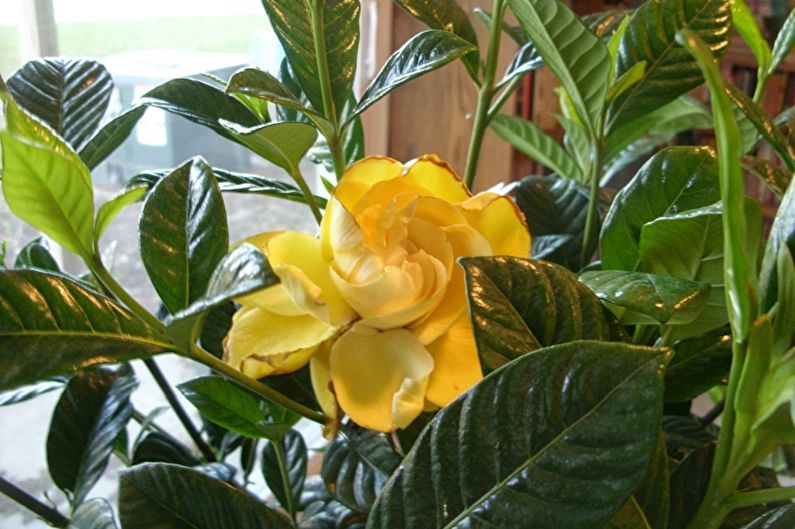
Yellow gardenia - Gardenia Citriodora is characterized by compactness and attractive appearance. A low culture is covered with shiny leaves that have a lanceolate shape. In the flowering phase, small white flowers with a rich aroma bloom on the plant. The diameter of a blossoming flower does not exceed 2 cm.
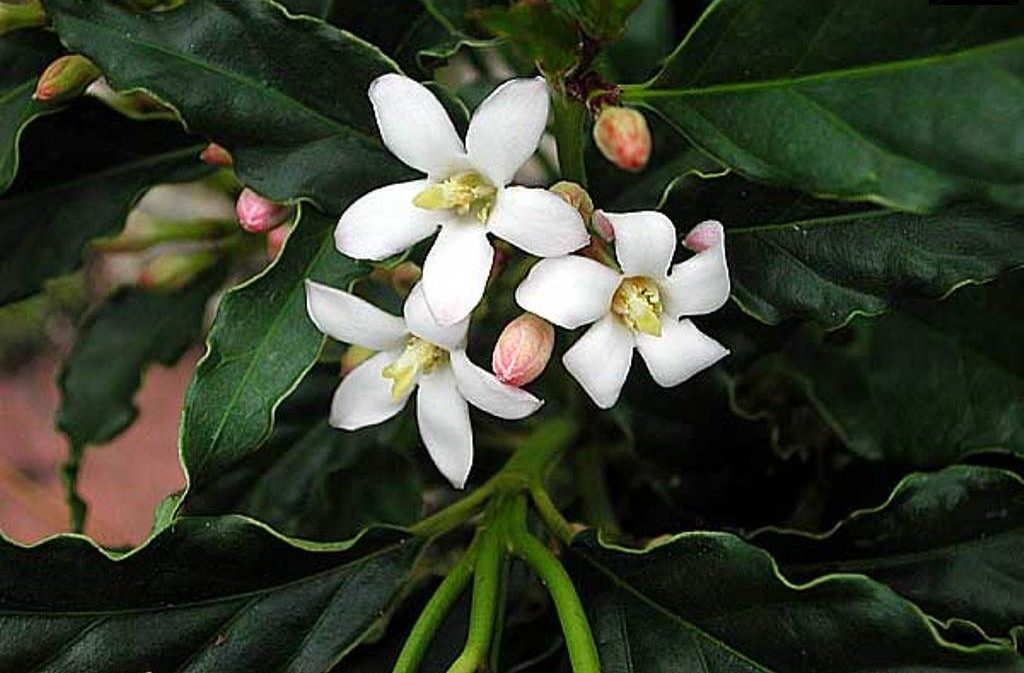
Gardenia Citriodora
Gardenia Home Care for Beginners
For beginning gardeners, gardenia cultivation is a rather difficult task, so before buying, you should carefully study its preferences and try to create suitable conditions for the plant.
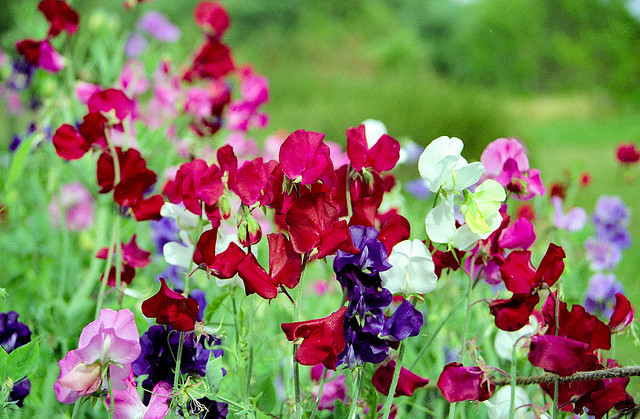 You may be interested in:
You may be interested in:Lighting
For good growth, the flower needs to create good lighting. A room with a diffused but bright light will be a great place for a flowerpot.Lack of light can cause flowers to fall, and direct rays can burn delicate foliage. In the cold season, you can safely put the flowerpot on the south window. During the growing season, it is advised to place the plant on the western or eastern windowsill.
Temperature and humidity
A thermophilic plant should be kept in a warm room, without sudden changes in temperature conditions. In the warm season, the temperature should be 22-24 ° C. In winter, this indicator is gradually reduced to the level of 18-20 ° C. At temperatures below 16 ° C, the plant stops growing, withers. During the laying of flower buds, the temperature is maintained at 18 ° C.
Gardenia prefers high humidity, especially when forming buds. In a room with dry air, the buds may stop growing or even fall off. Experts advise creating an additional source of moisture: expanded clay or sphagnum moss is poured into the pallet, water is poured, and a pot with a plant is placed on top.
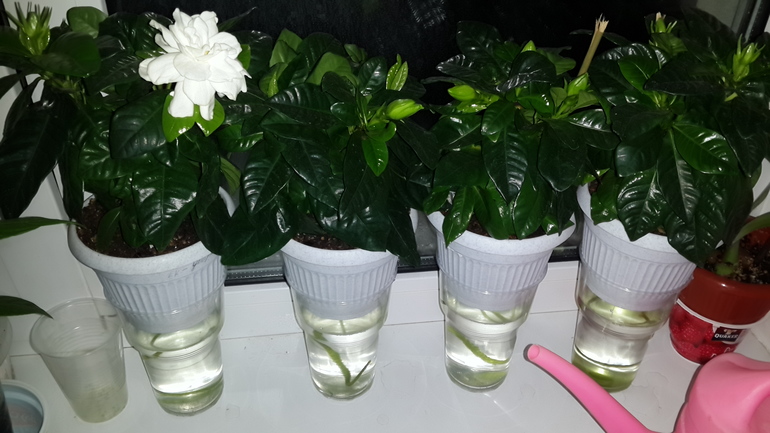
In the spring, they actively begin to spray the leafy part with the help of a spray gun. The procedure should be regular, and the water should be taken soft, without lime content. After the buds have appeared, make sure that the liquid falls only on the leaves, otherwise the buds will lose their decorative effect.
Watering and feeding
During the growing season, watering the flower should be often and abundant, so that the soil is constantly in the wet state. The fluid for the procedure should be at room temperature. It is advised to use clean and soft water, which is pre-boiled or filtered. During winter holidays, the number of irrigations is slightly reduced and carefully monitor the state of the soil.
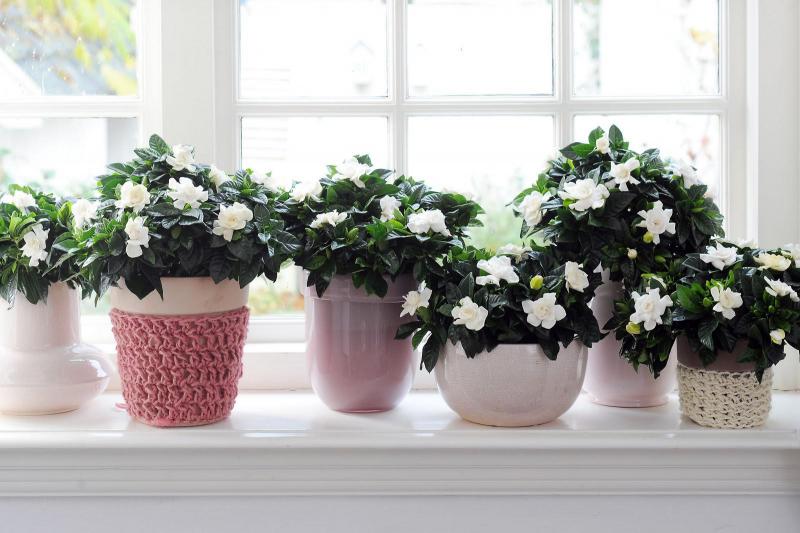
Gardenia loves top dressing, so do not forget about their regular application. It is necessary to feed the culture from March to August inclusive. Liquid fertilizers for flowering indoor crops are bred with water for irrigation and applied no more than twice a month. Fertilizer is diluted with twice as much water than indicated on the package.
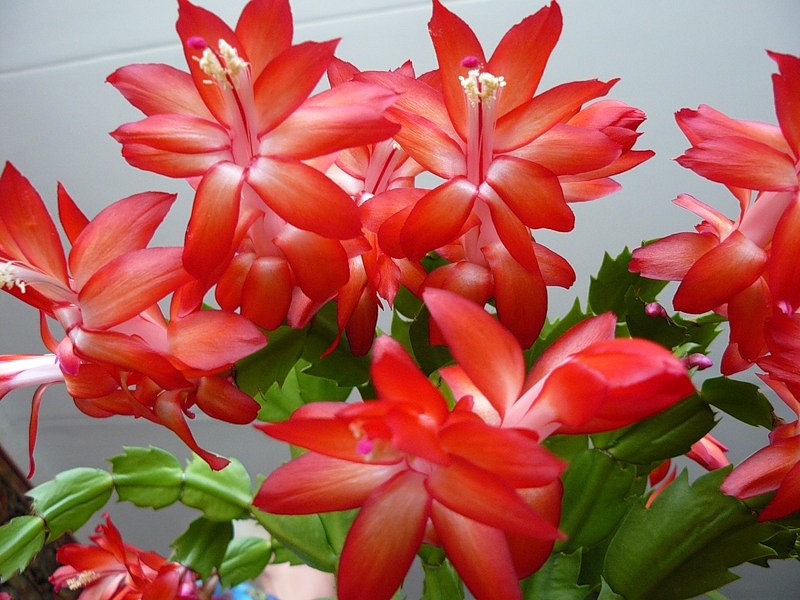 You may be interested in:
You may be interested in:Diseases and Pests
The most common disease of gardenia is root rot, which can appear due to excessive watering. The cause of rot development can be fungal microorganisms that live in poor-quality soil.
Depending on damage to the root system, the flower may shed leaves, look lethargic, or die suddenly. First of all, you need to inspect the roots, remove the affected parts, and treat the places of the cuts with charcoal. If the cause of decay is excessive watering, then the amount of liquid should be reduced. If the problem is in poor soil, then an unplanned transplant into a new substrate will be needed.
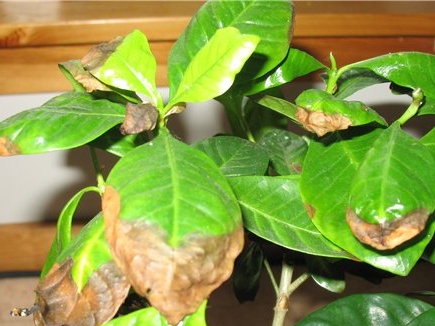
When white plaque appears on the foliage, which indicates infection with powdery mildew, the flower is immediately treated with fungicide. The affected leaves and stems are cut off, and the room with the flowerpot is often aired.

From insects, aphids, thrips, scutes, and spider mites can attack a culture. Most often they appear when the air is too dry and the room temperature is too high. Special insecticides will help get rid of them. If there are few pests, then it is enough to treat the flower with the drug once.In case of severe damage, the procedure is repeated up to three times with an interval of 7 days.
Priming
A capricious plant will not grow in the soil, which includes lime. It is important to select a soil mixture with an acid reaction, about 5 pH. Ready soil mix can be purchased in any department of floristry. You can use a substrate designed for growing azaleas. Florists are advised to independently compose filler for a flowerpot. To do this, mix the following components in equal proportions:
- river sand;
- coniferous land;
- sheet earth;
- soddy soil;
- peaty soil.
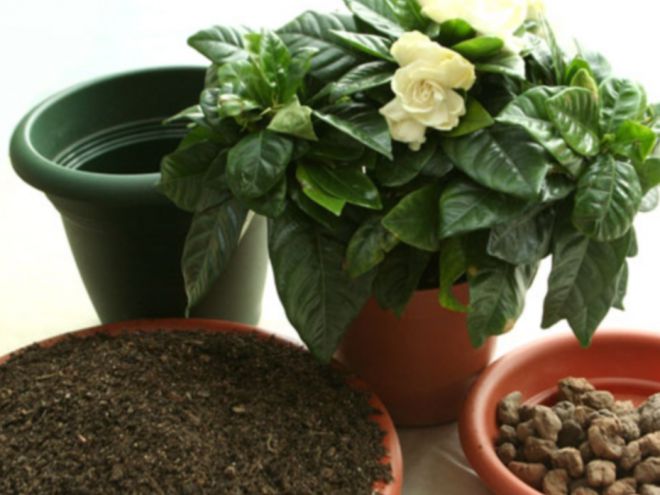
Hygiene
It is important to monitor the hygiene of the capricious flower, because with any violation of the care conditions, gardenia can not only not bloom, but also lose its decorative effect. It is recommended to periodically arrange the aerial parts of the bath under a warm shower (provided that there are no buds or blossoms on the flower). In addition to regular spraying, it is necessary to wipe the dust from the leaves from time to time. Do not forget to wipe the dust on the windowsill and often ventilate the room, avoiding the cold air currents.
How to propagate and transplant a flower at home
Spring is most suitable for transplanting and propagating indoor plants. Unfortunately, gardenia is a hard-to-eliminate flower, so the process of reproduction will be very difficult.
Transfer
The culture should be transplanted once every two to three years and only after the completion of the flowering phase. If diseases are found that require an urgent transplant, the procedure can be performed regardless of the time of year. The plant is transplanted as follows:
- First of all, they select a flowerpot. It should be a few centimeters in diameter larger than the old pot. The tank must have drainage holes. Before planting the container is treated with a weak solution of potassium permanganate.
- The plant is carefully removed from the old flowerpot and placed in a basin of warm water to make it easier to remove the earth from the roots.
- A new pot is filled with a drainage layer and a small layer of fresh soil mixture, a flower is placed in it and covered with soil.
- The earth is slightly compacted and watered with the addition of a few drops of Epin. The drug not only promotes good root growth, but also has an antimicrobial effect.

Breeding
Gardenia can be grown from cuttings or from seeds. The seed propagation method is more time-consuming than cuttings, therefore it is used extremely rarely. Cuttings can be rooted in soil or in water, with the mandatory use of phytohormones. Planting material is poorly rooted, so you can not do without preparations and lower soil heating.
Healthy and strong cuttings are cut from the top of the bush and treated with a stimulant (Epin, Kornevin, etc.). The stem is buried in the soil by 1-2 cm and covered with a cap or bag.
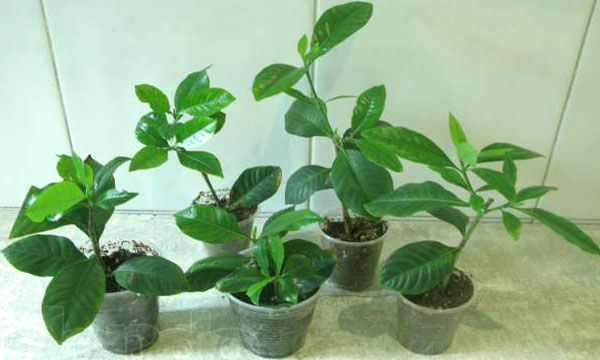
If rooting occurs in water, then a little root growth stimulant is preliminarily poured into it. The liquid in the glass should be changed every three days.
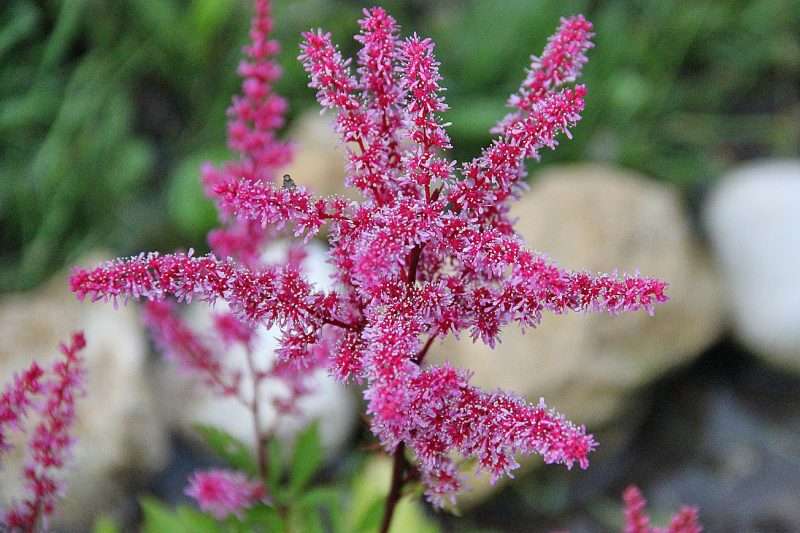 You may be interested in:
You may be interested in:Common questions
When growing gardenia, you should be extremely careful, because any violation in the care or microclimate negatively affects the flower. But do not give up the plant because of this. When properly maintained, the culture will certainly thank the grower with lush fragrant flowers.

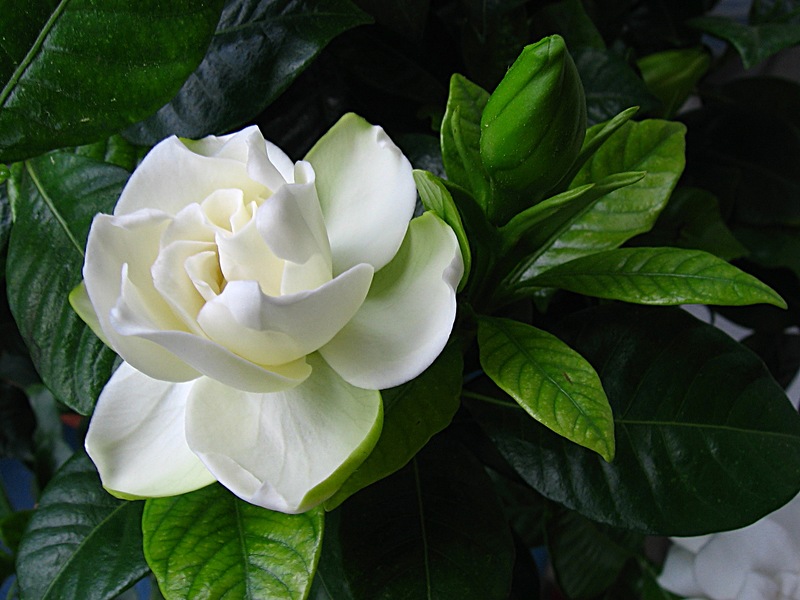
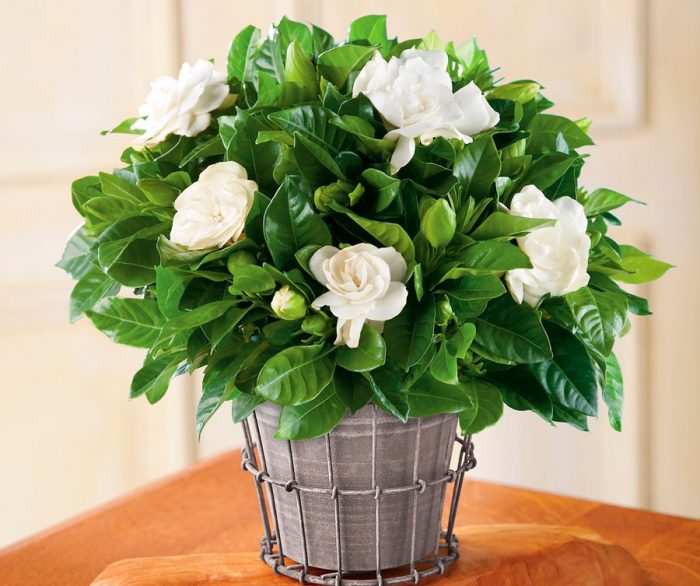
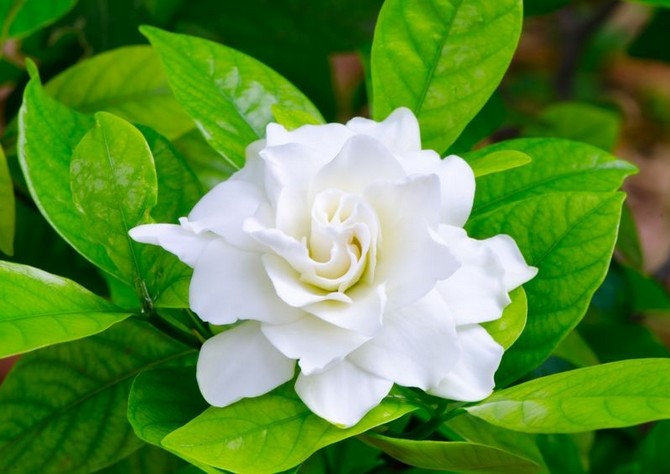

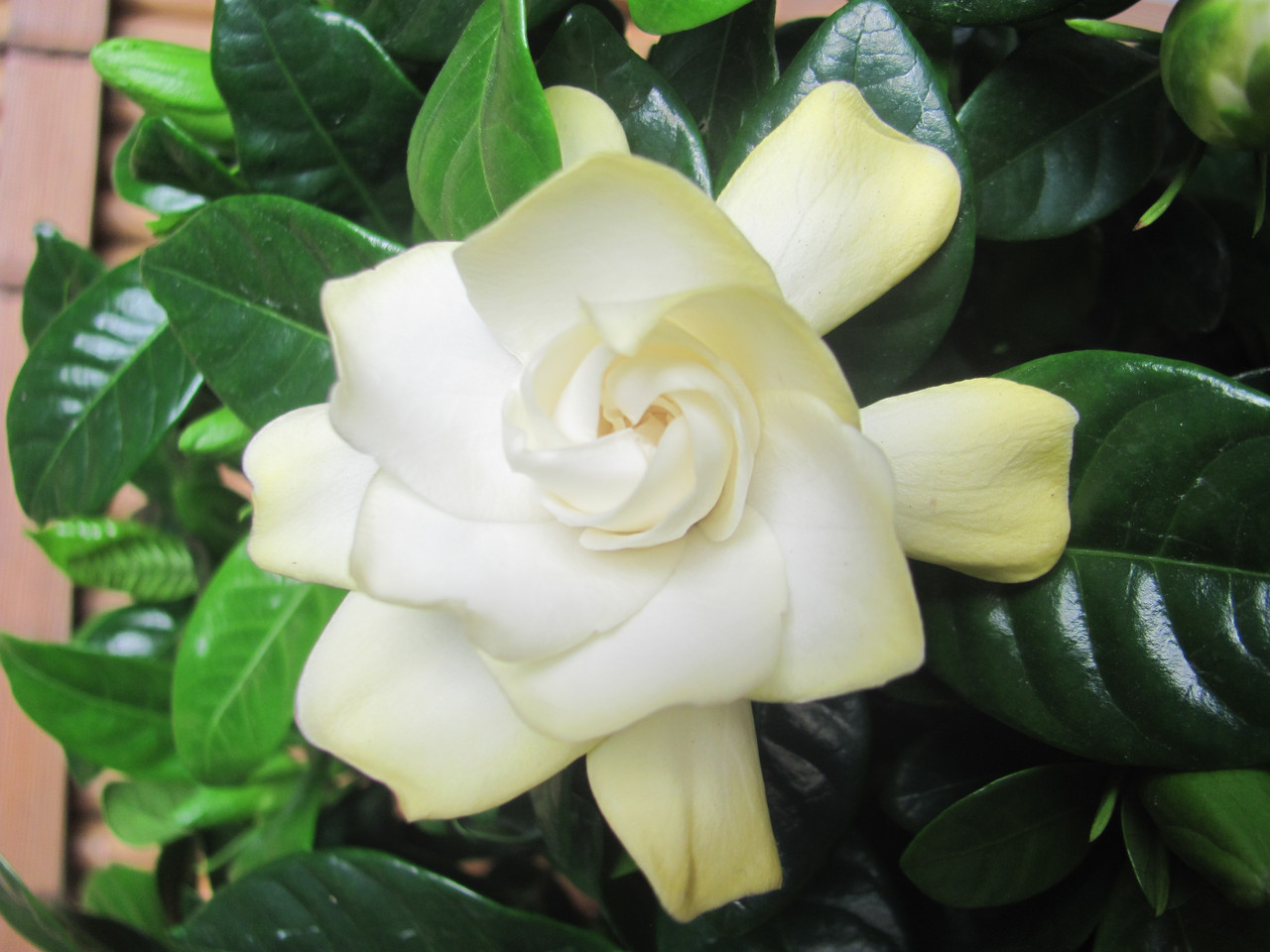
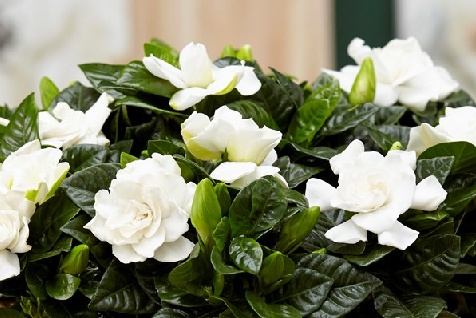



 10 beautiful annuals that bloom all summer
10 beautiful annuals that bloom all summer Sow in the ground, without seedlings: 10 beautiful and unpretentious flowers
Sow in the ground, without seedlings: 10 beautiful and unpretentious flowers Platicodon planting and outdoor care
Platicodon planting and outdoor care Hosta - planting and care in the open ground in the Urals
Hosta - planting and care in the open ground in the Urals